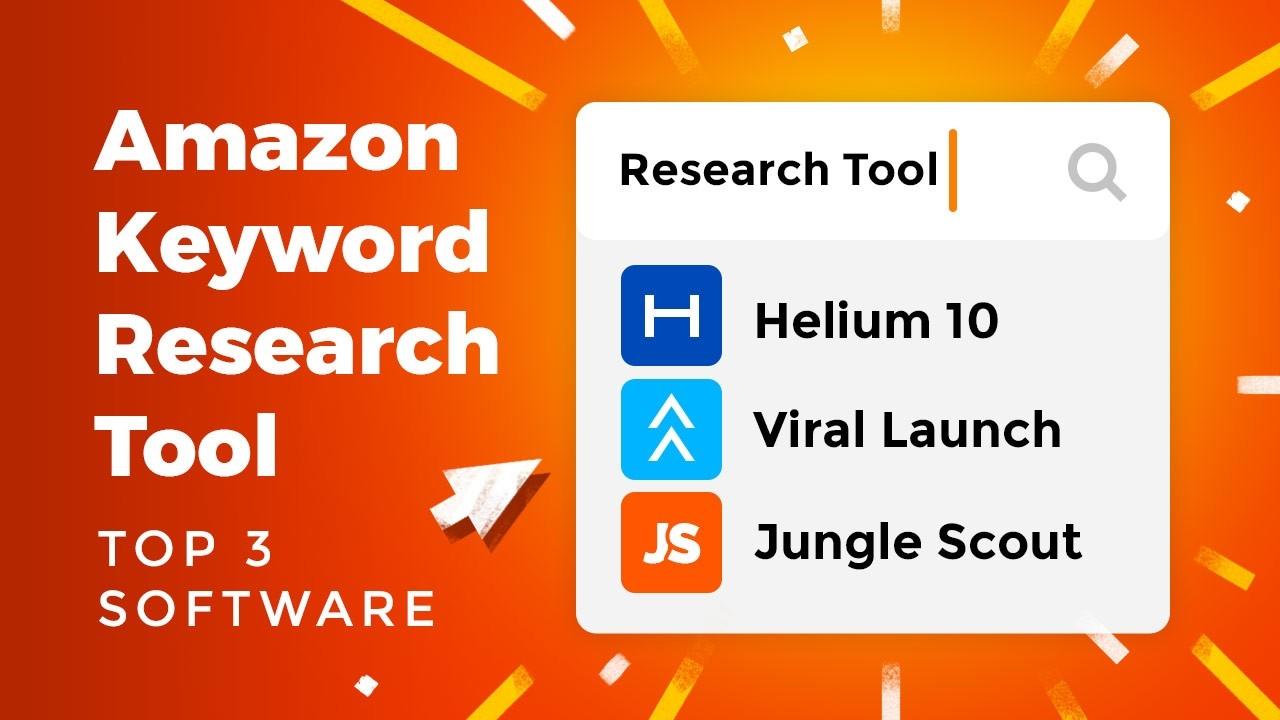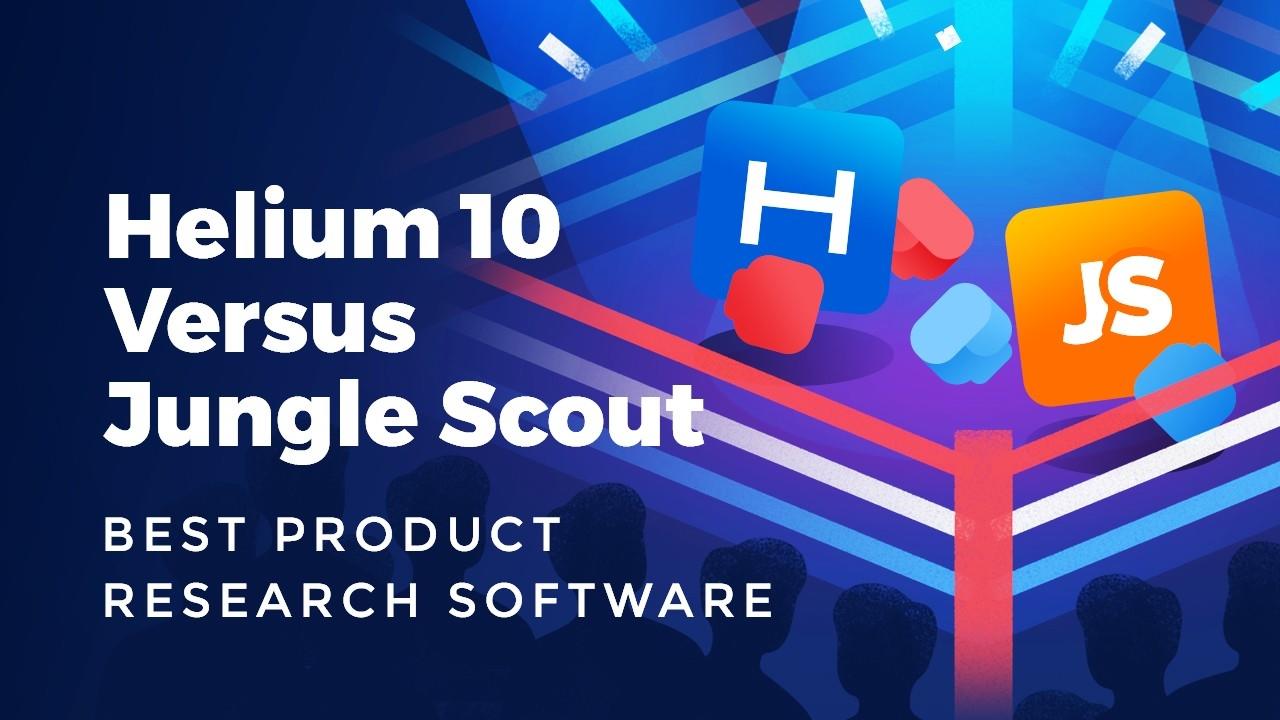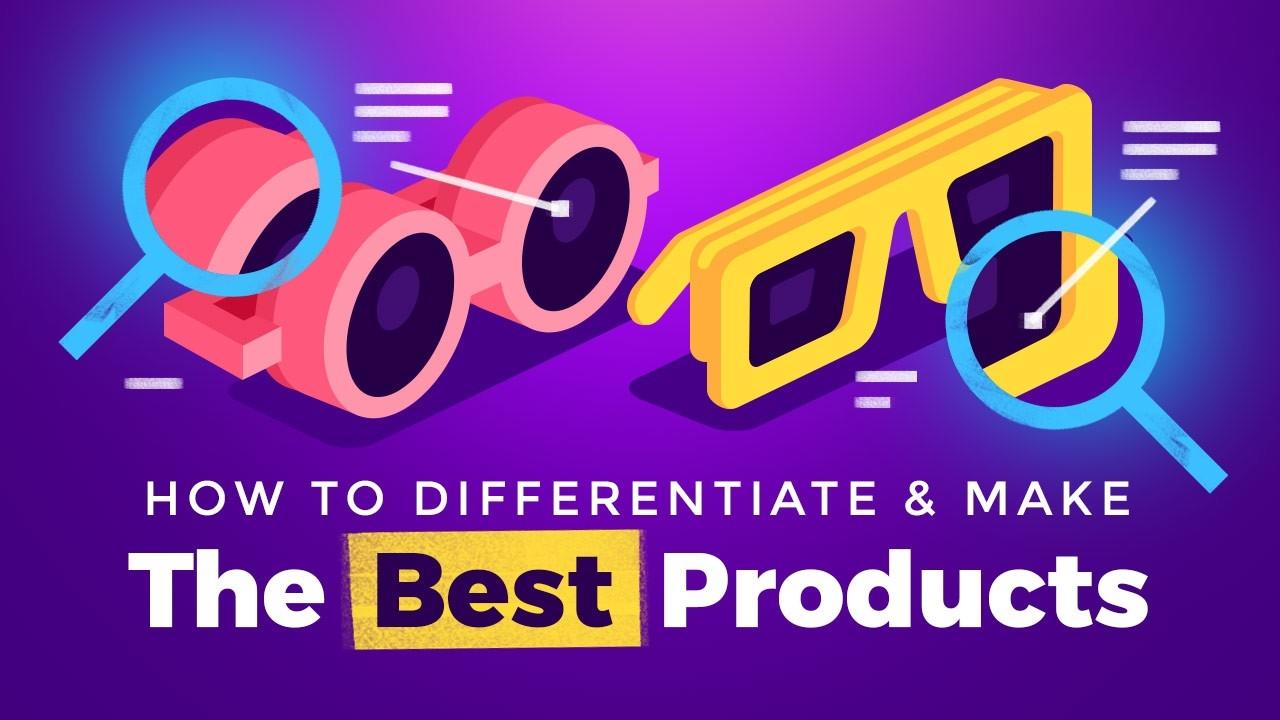Lead Time and ROI: The Solution To Cash Flow
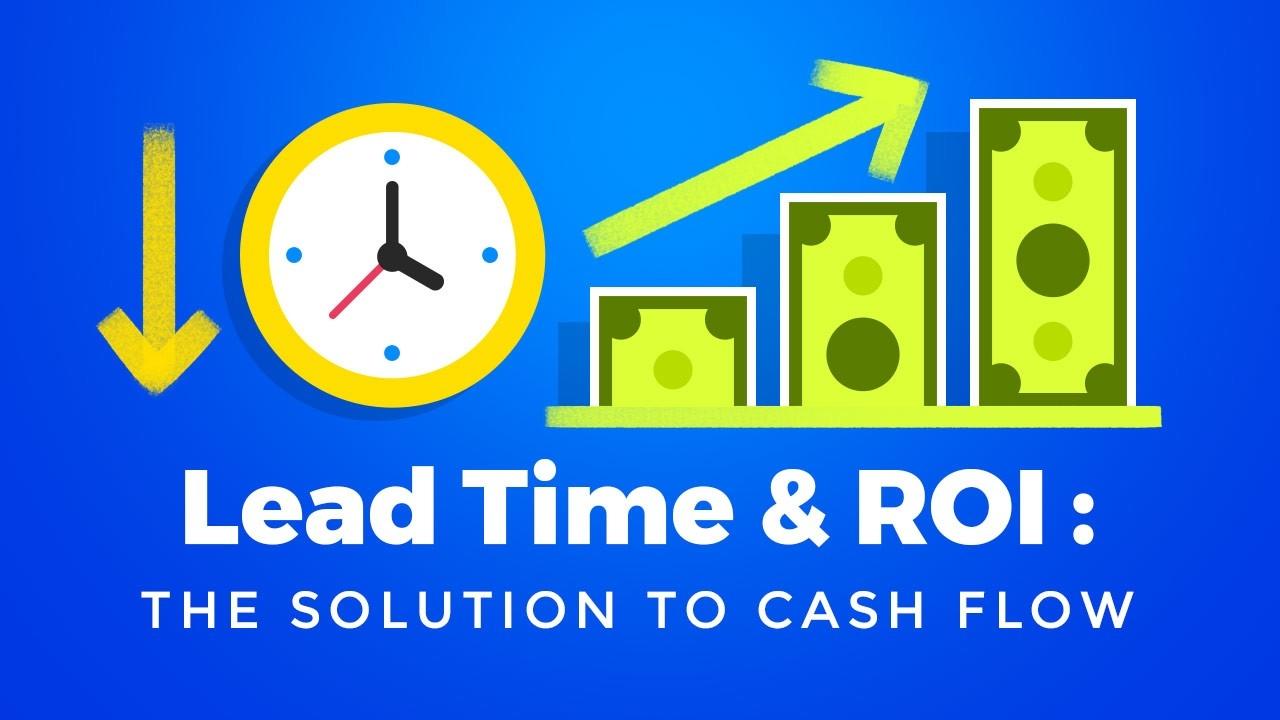
You probably know by now that it takes money to make money, but most sellers don’t understand the importance of cash flow to growth in any business.
Do you have enough cash flow to sell as many units as the people on the first page of any given market?
ROI and lead time are the two factors most sellers overlook and the main reason they have cash flow issues in their business.
If I didn’t pay extremely close attention to my ROI and lead time, I may have only made $300,000 profit instead of $3 million in my eclipse brand.
Your ROI and lead-time are the two main factors that will dictate the rate at which you grow.
If you are low on capital or having cash flow issues, the solution is in your lead time and ROI.
To solve cash flow issues:
- Focus on products that have at last a 100% ROI. Products with an ROI of less than 100% are more likely to result in cash flow issues in your business.
- It is also important to not overbuy inventory. Instead of tying up capital in inventory, increase your turnover and use the excess profit for another opportunity with a high ROI.
My success in going from $0-$6 million in 6 months is mainly due to my focus on increasing ROI and lowering my lead time while constantly adding products.
I turned $7500 into over $3.2 million in just 6 months of sales because I focused on religiously optimizing my ROI and Lead time.
The Importance of Short Lead Time on Amazon
Here is why lead time is so important to growth.
Would you rather have a $1,000,000 now or a penny that doubles every day for 31 days? I would take the penny.
A penny doubling every day for 31 days results in over $10 million.
To show how significant your lead time can be, let’s look at if you doubled the penny every 1 day vs just 2 days.

A one-day difference with both opportunities having 100% ROI but just a1-day difference in lead time, at the end of 31 days resulted in having either $327 or $10,000,00.
To make up for this difference in growth, the penny doubling every 2 days would need an ROI of 300% or 4 times the growth rate to equal the 1 penny (100% ROI ) doubling only 1 day faster.

Although an example of 1 or 2 day lead time is extreme in any business, the key is to realize the fundamental relationship between ROI and Lead Time.
The closest example for this scenario might be the 1-day vs 2-day Amazon prime example.
The shorter your lead time, the less ROI you can afford to make and still achieve the same outcome with respect to your growth rate.
By having a half longer lead time in this example, you had to make 3 times more money or 300% ROI to sustain the same growth rate.
Check out this exponential growth curve for a penny doubling every day for 31 days that results in over $10 million compared to a chart of my growth rate doing $6 million in 6 months.

Here is how my $6 million dollar growth curve compares. As you can see they both are on an exponential growth curve.

During those 6 months, I put all my energy and time into lowering my lead time and increasing ROI because I knew how important these concepts were to my cash flow and growth rate.
I constantly rose my prices to make sure I get the highest possible ROI without sacrificing sales.
ROI Is The Key To Growth Not Profit Margin
Having a higher ROI will solve cash flow issues in Your Amazon Business if done correctly.
ROI multiplies the money you invest in your business while the lead time will decrease the time it takes to grow your money.
While most people focus on profit margins, ROI is more important to growth than profit. The profit margin follows linear growth while ROI leads to an exponential growth rate.
Here what a typical Private labeler’s numbers on Amazon might look like.

They may have a cumulative 60 day lead time and with a 40% profit margin think they are doing good, after all, a 40% margin is pretty high.
However, their focus should be on ROI, not profit margin.
If we lower the lead time to 45 days and increase the ROI here is how these numbers would look.

If you have a high ROI profit margin doesn’t matter, the focus is on how much you get back for the money you put in, not how much of the total price did you capture.
To summarize, by just altering your lead time you can alter the cash flow in your business by a lot.
Most people might think a 2-week difference in the lead might not be a big deal but here is how important it is.
- 60 day lead time | 119% ROI | 40% margin
- 45 day lead time | 119% ROI | 40% margin
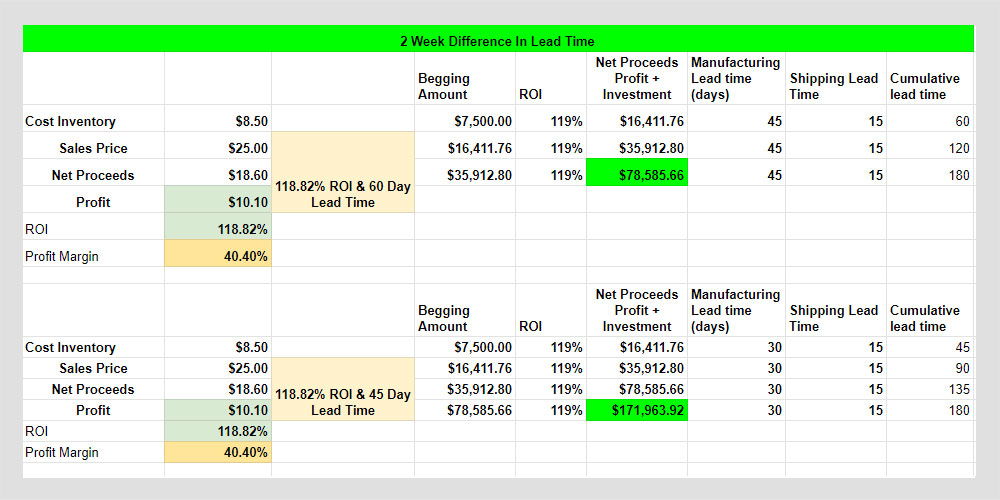
This is how these above numbers would compare with a 15 day lead time difference and both starting with $7,500 of initial capital.
With a 60 day lead time, you can expect $78,000 profit while a 45-day lead-time will result in $171, 000 profit.
This is all assuming you are able to add products, however, the problem on Amazon right now is not lack of product ideas or available opportunities but the lack of capital.
If you are trying to grow your business, you need to focus on ROI and shorter lead time so you don’t tie up your capital.
- Lower your lead times as much as possible
- Increase your ROI to maximum capacity
- Decrease your risk of failure by being prepared
This is what it looks like when you apply these principles to your business, you get exponential growth.

To save time, I had a factory running inside my house for 6 months, we assembled, did inspections and shipped to Amazon ourselves all to save time and decrease lead time
Key Amazon Product Research Criteria
A lot of sellers don’t understand the fundamentals of product research and end up paying for it. Make sure you understand how to analyze markets before jumping in.
Sales Distribution
The more distributed sales are in a given market on Amazon, the higher the probability of success for sellers.
Skewed distribution, on the other hand, is indicative of a lower probability of success, especially for beginners.
Skewed sales distribution could mean that the market is dominated by a brand name, for example, Nike or it could be due to the wrong keyword usage on your part.
Overall sales distribution is one of the most important criteria for success on Amazon. Find markets where there is a high volume of distributed sales.
Utility vs. Self Expression
For beginners, self-expression markets are easier to succeed within relative to utility markets. In self-expression markets, there are many choices and a multitude of consumer needs.
Anyone can come into a market and fulfill a need not currently being met by the current sellers.
With Utility, there are not many ways to differentiate. This means sellers are often only differentiated by the price they can offer.
Competing on just the price is a losing battle for beginners, sellers with more resources will always win because they can afford to sell at a lower profit in exchange for more units sold.
For more, check out this guide on how to differentiate and create the best Amazon products in 2020.
Estimating sales
Sales estimator tools are generally accurate but there are a few pitfalls you may run into as you analyze a market in depth. Keep in mind these tools should be viewed as a general estimate rather than exact data points.
There are however a few top tier product research software that can do 80% of the work for you.
When doing research, It is also important to be cautious of products with variation listings when estimating sales.
A sales estimator might tell you that each variation is doing the same amount of sales when in reality those numbers might be for the entire listing, which can and should drastically change your decisions.
The more distributed the sales data is, especially in the range of 100 - 3000 units per month, the more accurate those numbers tend to be.
To further validate sales in a given market you can look at keyword volume from Google AdWords, Viral Launch and Helium 10 to get a more accurate average demand of a given product.
Here are the top 3 Amazon product research tools on the market today:
Helium 10
Here are some promo codes from Helium 10 to help you save on product research tools. Claim a 7-day free trial and 50% off your first month or a 7-day free trial + 10% off for life!
Jungle Scout
Use the jungle scout promo code below and save on their Amazon product research tools.
Viral Launch
Use these Viral Launch promo codes and save 20% off the monthly plans or save 40% + 2 months free with the annual plans.
For more, check out our in-depth review of the top Amazon product research tools for FBA sellers.
Seasonality on Amazon
Do you have the experience and ability to correctly forecast inventory and demand for a given season?
Not all seasons are equal on Amazon, with the 4th quarter being the busiest season of the year.
Keep in mind product research data could also be skewed by the rise in seasonal demand in certain markets. For example, you don’t want to get research data on a summer product during the winter season.
A lot of people won't do seasonal products because it's harder to find.
A major barrier to entry for the seasonal product is, How do you know what seasonal products are going to sell the best?
How do you know exactly how much to buy and sell? You don't want to be stuck with it for a year.
Estimating Profits
More often than not, sellers approach product opportunities thinking it is profitable but fail to account for all applicable fees.
Fees can drastically alter if a product succeeds or fails.
When estimating profits make sure to take into account all applicable Amazon fees. Small details such as the dimension of your products can have a big impact on your profit margin.
During the sourcing stage and specifically, when choosing product packaging, make sure to fully understand how relevant fees for your category work.
On Amazon, inches can mean the difference between a product failure or success.
For example, not choosing the right product category during the solar eclipse cost me over $168,000 in profit.
Size & Logistics
Amazon fees are based on the weight and dimensions of the packaged item. Some products could be too big to ship affordably through Amazon FBA.
Here is a list of product size tiers as defined by Amazon.
Some products are so large that you can't ship them affordably through Amazon. This is a huge factor to consider during your Amazon product research process.
Required Capital For Success on Amazon
Before going into markets, it is important that you have the resources to compete in that given market.
Biting off more than you can chew on Amazon is dangerous and one of the biggest mistakes I see sellers make.
To succeed on Amazon you need enough resources to compete with sellers on the first page of any given Amazon market.
Wherever in a market, you expect of ending up with your listing, you will have to move as many units per month as those sellers.
This means you need enough capital to float, to buy enough units for at least 2-3 months’ worth of inventory to account for your lead time and cash flow.
Although everyone can compete in the market, you can’t compete in every market. For example, to be successful in a large market will require a lot of capital.
If you are just beginning on Amazon, a good strategy would be to start in a small low-competition market then scale your way up. Ultimately it’s up to you to find a market and product you can succeed in given your level of skills and resources.
You can use this spreadsheet below to determine how much money you need to sell on Amazon.
Required Capital For Amazon
| Avg number of units sold on 1st page of Amazon per Month for your product | Unit cost from your supplier | Month of inventory (2-3 recommended) | *Estimate of marketing ad spend | Total Required Capital |
|---|---|---|---|---|
| Required Units Per Month | Cost Per Unit | How many months of Inventory | Monthly PPC Budget | Required Starting Capital For This Product |
| 400 | $2.50 | 2 | $300 | $2,600 |
In the above spreadsheet:
- Cost per unit - $2.50
- Required units per month - 400
- Months of inventory - 2 month
- Monthly PPC budget - $300
- Total required capital for this specific product = $2600
Watch the most in-depth Amazon FBA content with over 340 videos and learn how to succeed in every aspect of your Amazon business in 2020.

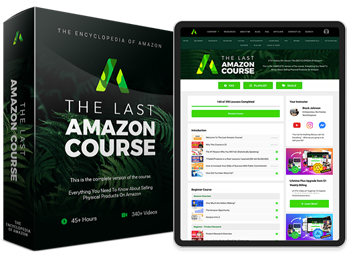
Over 375+ videos (45+ hours)
Interviews with other million dollar sellers and CEO's, and much more



